
Picture this: you're tinkering with a new gadget, peering into its inner workings, and you notice a row of tiny, lever-like switches nestled on the circuit board. These unassuming little devices are DIP switches, and they play a pivotal role in how your device operates.
The Basics of DIP Switches
DIP stands for Dual In-line Package, and a DIP switch is essentially a small array of manual switches that allow you to set or reset specific configurations on an electronic device. They've been around since the 1970s and have become a staple in the electronics industry. DIP switches come in various sizes, with the most common being 8-position switches. This means they have eight little levers that you can flip up or down to create different binary combinations, representing a wide range of settings.

Why Are DIP Switches Used?
DIP switches are incredibly versatile and can be found in a wide range of electronic devices, from routers and modems to industrial controllers and even some consumer electronics. Here are a few reasons why they're so popular:
Ease of Use: Flipping a DIP switch is as easy as pressing a button. No need for complex menus or software interfaces, making them ideal for quick adjustments.
Reliability: Once set, DIP switches tend to stay put, ensuring your device's settings remain consistent over time.
Compactness: DIP switches are small and compact, making them perfect for devices where space is limited.
What Can You Do with DIP Switches?
The possibilities are endless when it comes to DIP switches. Here are just a few examples of how they can be used:
Configuring Network Settings: You can use DIP switches to set the IP address, subnet mask, and other network settings on routers and modems.
Adjusting Device Behavior: Many devices come with DIP switches that allow you to tweak settings like sensitivity, speed, or mode of operation.
Unlocking Hidden Features: Some devices have hidden features or modes that can only be accessed by flipping specific DIP switches.

A Closer Look at Their Advantages
DIP switches offer several advantages that make them a go-to choice for many electronics designers and hobbyists:
Cost-Effective: DIP switches are relatively inexpensive, making them a cost-effective solution for many applications.
Simplicity: With their straightforward design, DIP switches are easy to understand and use, even for those with limited electronics experience.
Durability: DIP switches are built to last, withstanding repeated use and harsh environments.

But Wait, There's More!
While DIP switches have many advantages, they're not without their drawbacks. Here are a few things to keep in mind:
Limited Configurations: DIP switches are limited by the number of positions they have. For more complex configurations, other methods may be needed.
Physical Access: To change the settings on a DIP switch, you usually need physical access to the device, which can be inconvenient in some situations.
Error-Prone: If you're not careful, it's easy to flip the wrong switch, potentially causing issues with your device.
If you want to learn more about related content, please continue to follow our official website: www.socoje.com
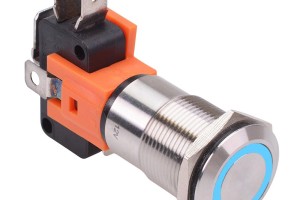
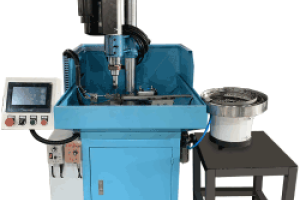
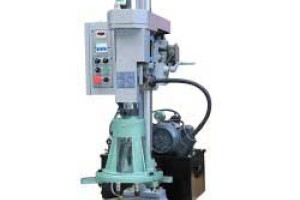
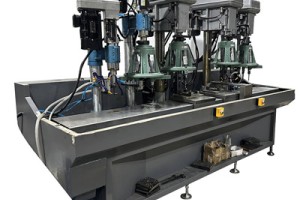

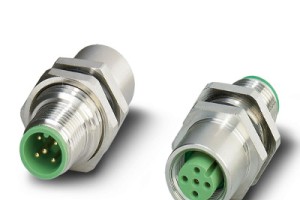
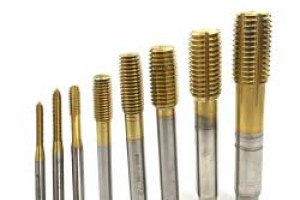
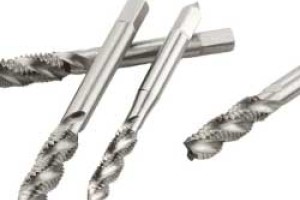
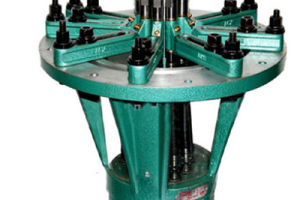
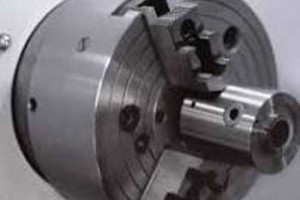
Leave a comment